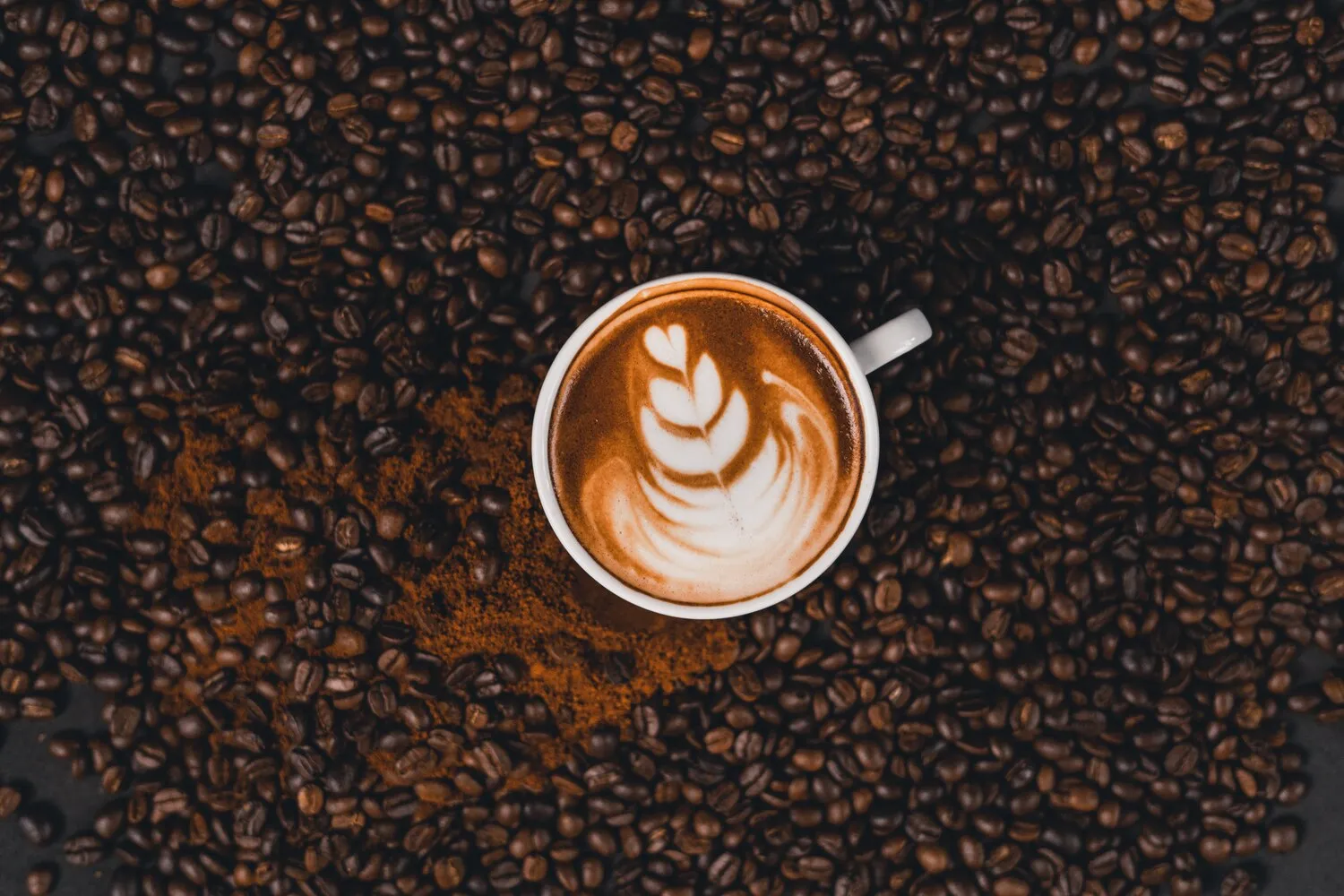
Coffee
Several types of coffee available.
Nutrition Facts
* The % Daily Value (DV) tells you how much a nutrient in a serving of food contributes to a daily diet. 2,000 calories a day is used for general nutrition advice.
Coffee's history began in the highlands of Ethiopia, where the coffee plant originated. Legend has it that a goat herder named Kaldi discovered the energizing effects of coffee berries in the 9th century. From Ethiopia, coffee spread to Yemen and then to the rest of the world, becoming a global commodity and cultural phenomenon.
Coffee is more than just a beverage; it's a social ritual, a cultural tradition, and a global connector. It plays a significant role in social gatherings, business meetings, and everyday life across various cultures.
Ethiopian Coffee Ceremony
In Ethiopia, coffee preparation is a elaborate and revered ceremony, involving roasting green beans over charcoal, grinding them by hand, and brewing in a traditional clay pot called a jebena. It is a symbol of hospitality and respect.
Italian Espresso Culture
Italy is famous for its espresso culture, where coffee is consumed quickly at the bar and is deeply embedded in daily life. Coffee shops, or 'bars,' are social hubs and serve as meeting points for people.
Turkish Coffee Tradition
Turkish coffee is prepared in a cezve, a small copper pot, and served unfiltered. The coffee grounds remaining at the bottom of the cup are often used for fortune-telling, a unique cultural practice.
Coffee's flavor profile is incredibly diverse, ranging from bright and acidic to rich and chocolatey, depending on the bean, roast, and brewing method.
The flavors of coffee are influenced by several factors. The origin of the bean significantly impacts the taste, with African coffees often exhibiting fruity and floral notes, while South American coffees tend to be nutty and chocolatey. The roasting process further shapes the flavor, with lighter roasts preserving acidity and origin characteristics, while darker roasts develop bolder, more bitter flavors. Brewing methods also play a role, with espresso concentrating the flavors and aromas, while drip coffee offers a more mellow and balanced cup. Other flavor descriptors include earthy, spicy, caramel, and citrusy.
Grind Fresh
Grind your coffee beans just before brewing to preserve the aroma and flavor. Pre-ground coffee loses its freshness quickly.
Store Properly
Store coffee beans in an airtight container away from heat, light, and moisture to maintain their quality. Do not refrigerate or freeze unless storing for long-term use. If freezing, divide into portions and thaw only what you need.
Water Quality Matters
Use filtered water for brewing coffee. Tap water can contain impurities that affect the taste.
Experiment with Brewing Methods
Explore different brewing methods like French press, pour-over, espresso, and cold brew to discover your preferred taste profile.
Taste and Adjust
Pay attention to the flavor of your coffee and adjust the grind size, water temperature, and coffee-to-water ratio to achieve the desired taste.
Explore additional Drinks dishes and restaurants
Explore DrinksDiscover top dining spots and culinary experiences in Itu.
Explore ItuLearn more about the food culture, restaurant scene, and culinary heritage of Brazil.
Explore Brazil